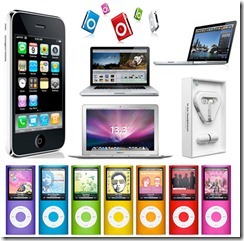Telecom companies across the world are really in a double-bind. From Verizon to Telefonica to Airtel, are all feeling the heat from services like Facebook, Youtube, IMs etc. Commonly referred as Over-The-Top (OTT) providers, services like Instant Messaging, Video Streaming (Netfilix), VO-IP calls (Google Voice,Skype) have slowly started to eat both revenue and bandwidth from the Telecom companies.
Take for example, the messaging services. Though SMS is still having healthy marketshare, the instant messaging services like Skype and facebook have resulted in 15.6 billion lost revenue for telcos worldwide. Though its small compared to $153 Billion total revenue from SMS its still a figure which can’t be ignored.
Add to this services like NetFlix and Youtube which happily consume bandwidth and use the resources and infrastructure that Mobile Network Operators(MNOs) have built investing billions of dollars. Though the online streaming companies earn billions they dont payback anything for the bandwidth owners.
Apart from messaging and streaming services, the OTTs have started garnering marketshare in voice services, which is core business of the MNOs. Services like Skype, Viber, Vonage, Talkatone, Google Voice offer cheap voice services for customers using VO-IP. This should really alarm the Telecom Companies.
MNOs were never oblivious to this threat. They have tried individually to create similar services on their won. Verzon’s partnership with Redbox for streaming, Telenor’s ComoYo service for Nordic countries, Operators have infact bundled apps and services in the devices they sell. But they were mostly considered bloatware and never gained traction as independent OTTs.
Now in a co-ordinated effort the GSMA has announced specifications for instant messaging and video-calling called as ‘Rich Communication Services’. The operators have come up with a brand for the same known as “JOYN”. European and Asian operators are expected to launch the Joyn services later this year. Interoperability between different Telcos might be a great plus point which was lacking in services earlier.
Joyn/RCS might not eliminate the established OTTs instantly. But they will make the MNOs stay relevant.



